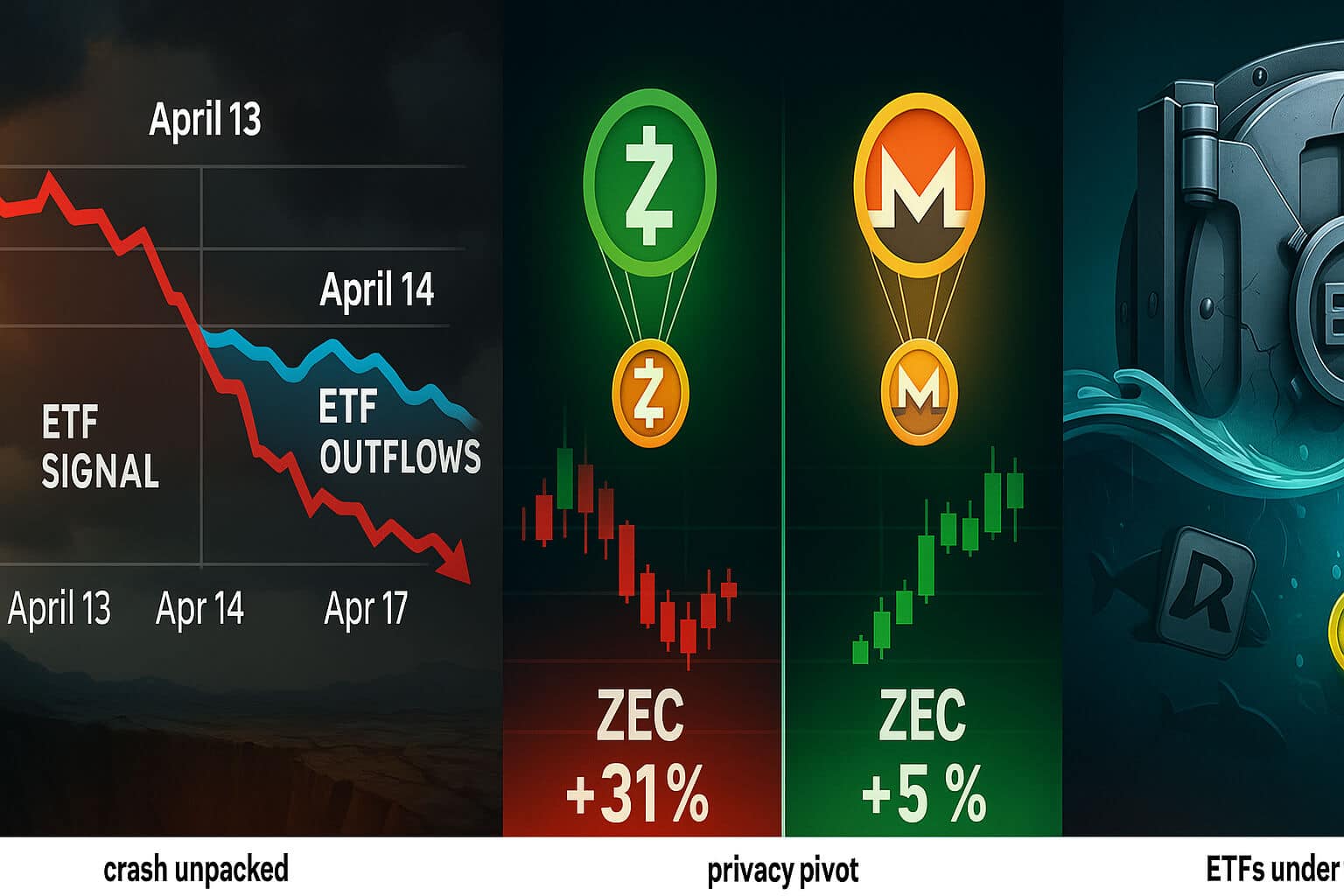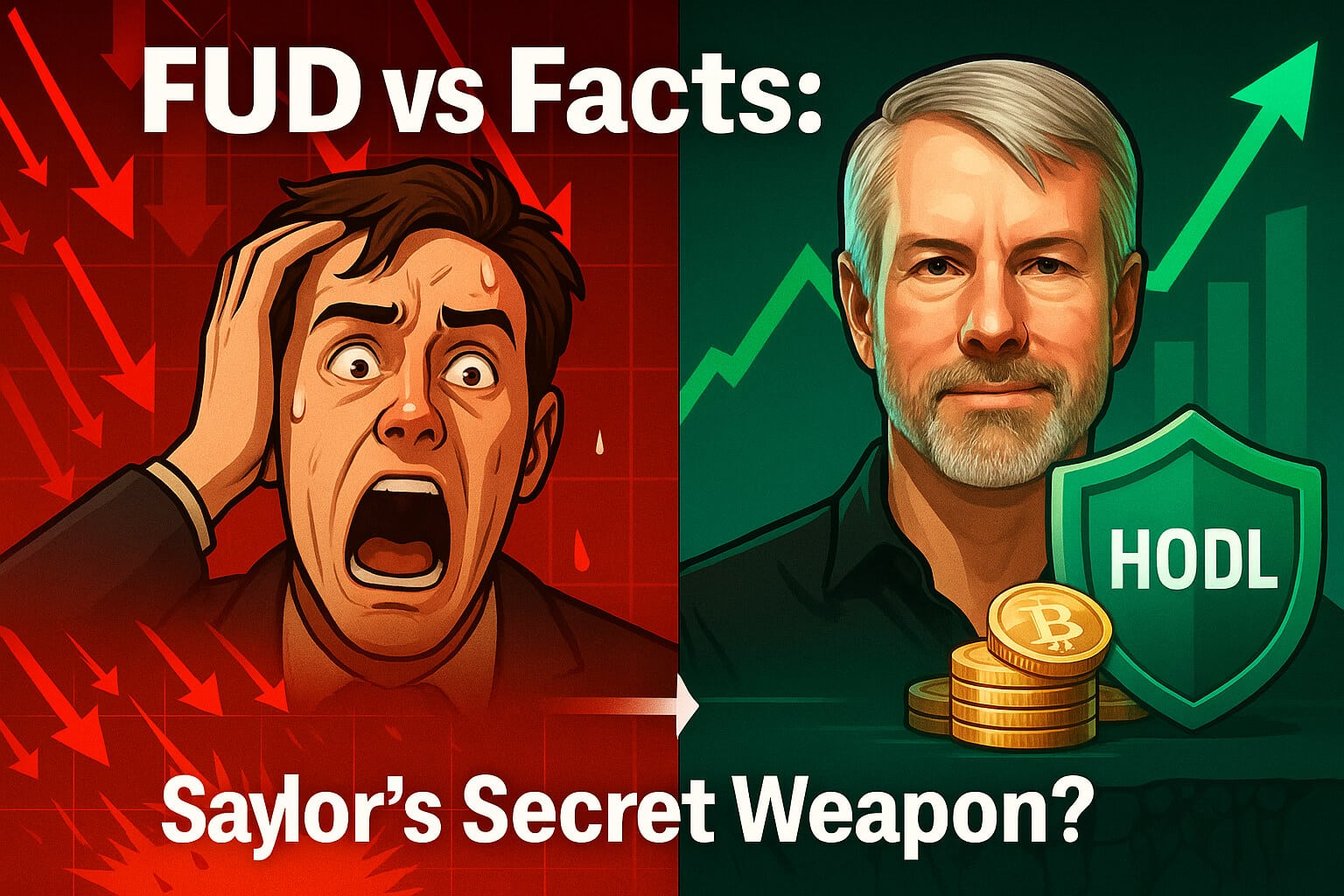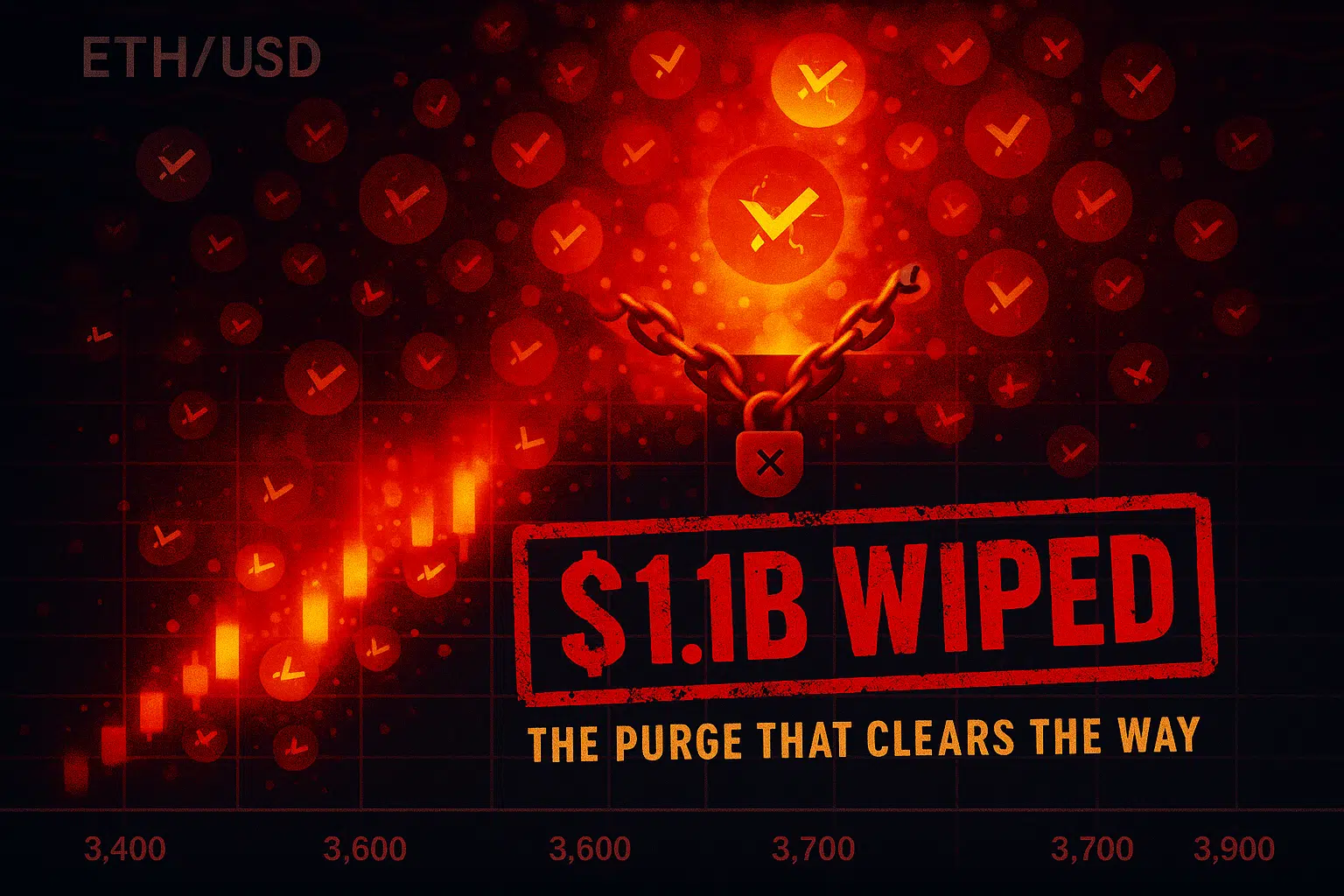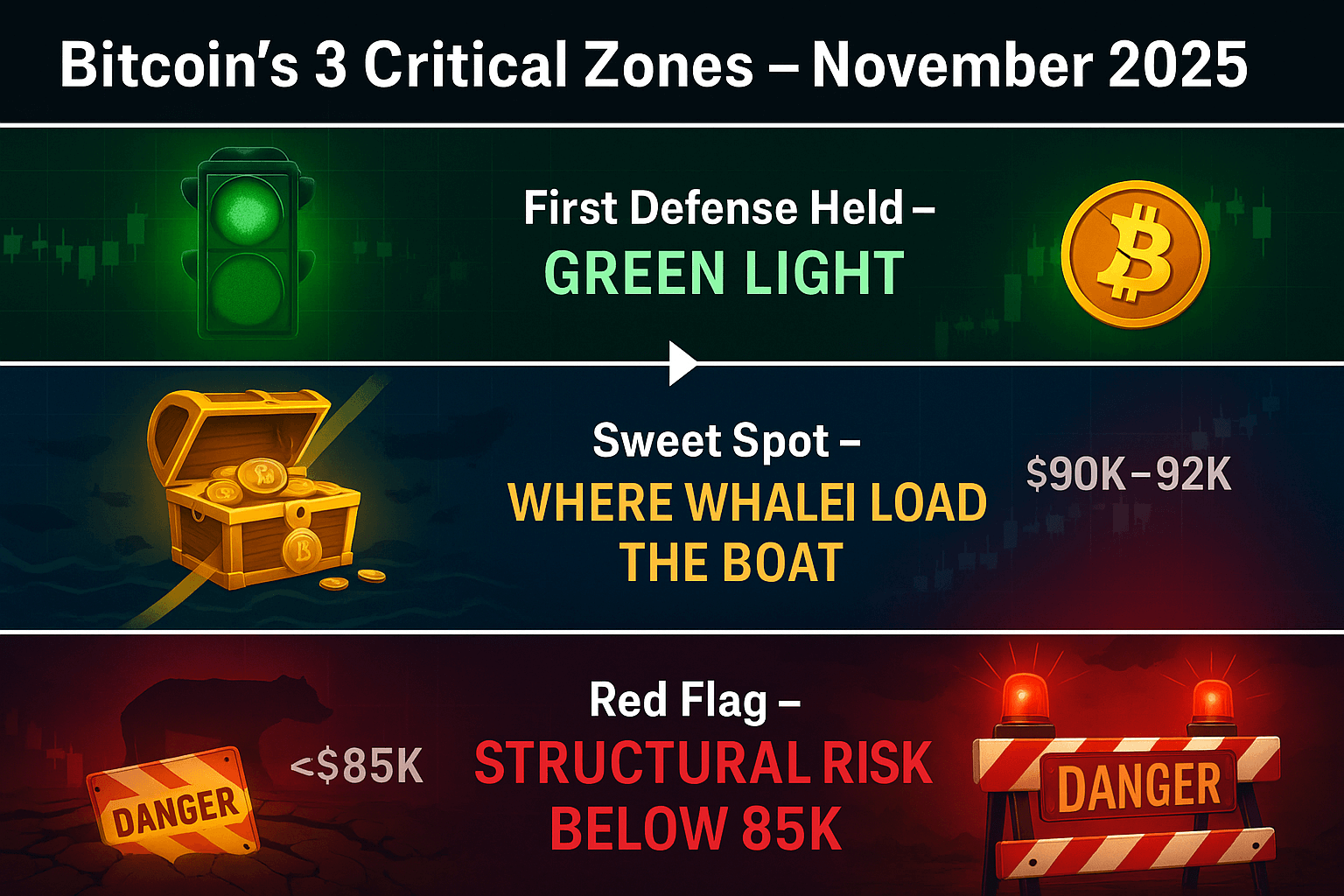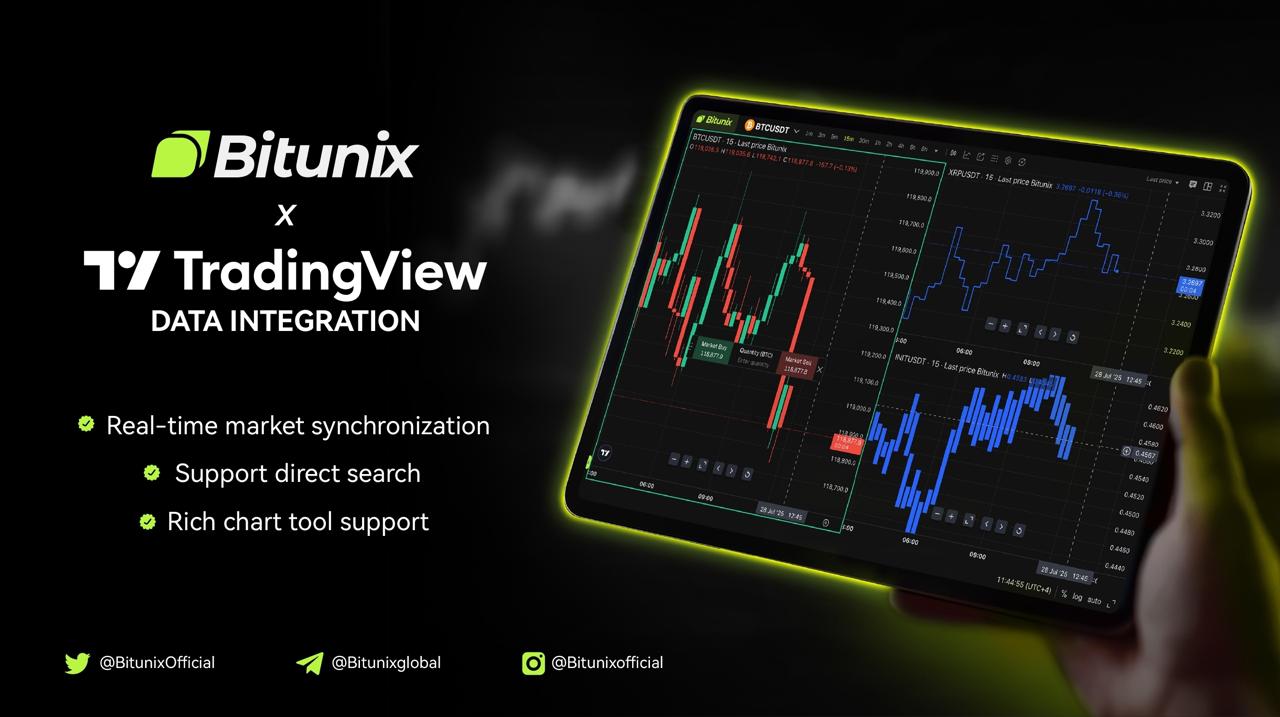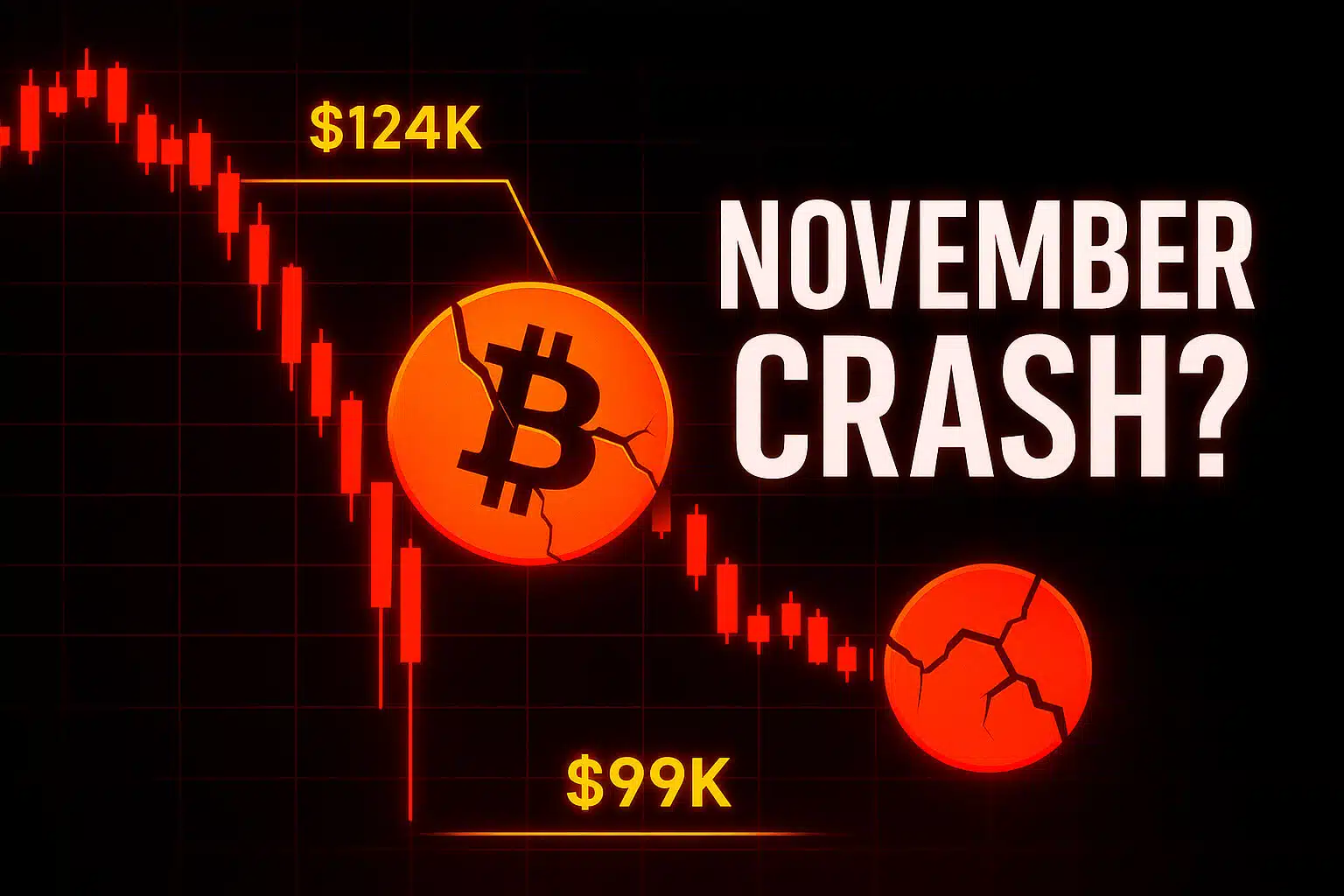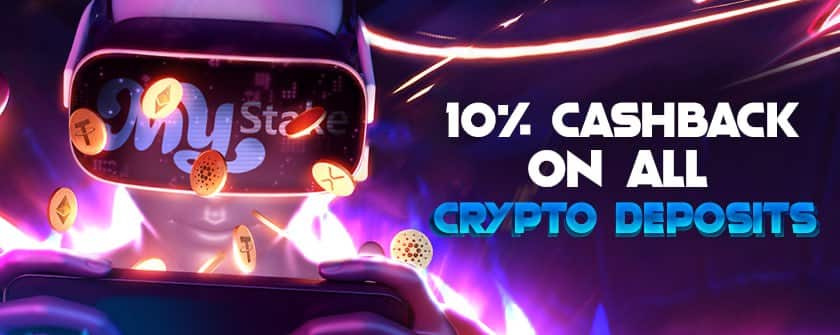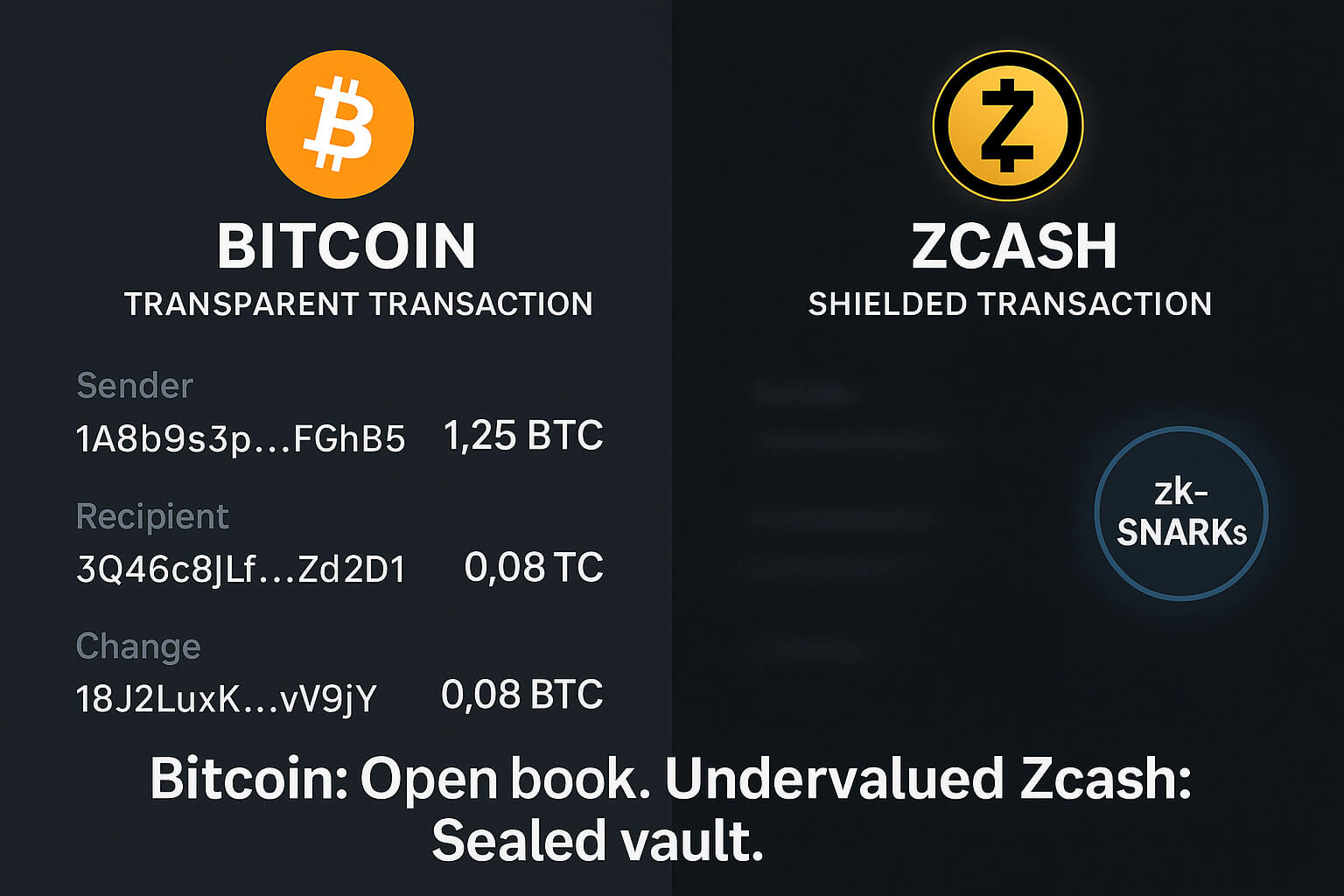Navigating the cryptocurrency world can be overwhelming, especially with all the jargon flying around. To help you get started, we’ve compiled a comprehensive guide to essential crypto terms. Whether you’re a newbie or a seasoned investor, understanding these terms is crucial. Let’s dive in!

1. FOMO (Fear Of Missing Out)
FOMO refers to the anxiety that investors feel when they think they might miss out on a profitable opportunity. In the crypto world, it often leads to hasty investment decisions.
2. FUD (Fear, Uncertainty, and Doubt)
FUD is a tactic used to spread negative, misleading, or false information to create fear and uncertainty, often leading to price drops.
3. Bullish
Being bullish means you believe that the price of an asset will rise. Bullish investors are confident in the market’s upward momentum.
4. Bearish
Conversely, being bearish means you believe that the price of an asset will decline. Bearish investors expect downward market trends.
5. Bear Market
A bear market is characterized by falling prices and a general sense of pessimism. It’s the opposite of a bull market.
6. Bull Market
A bull market is marked by rising prices and overall optimism in the market. Investors are generally confident and willing to invest.
7. DAO (Decentralized Autonomous Organization)
A DAO is an organization represented by rules encoded as a computer program, which is transparent, controlled by organization members, and not influenced by a central government.
8. Community
In the crypto world, a community refers to the group of people who support and use a particular cryptocurrency or blockchain project.
9. CEX (Centralized Exchange)
A CEX is a cryptocurrency exchange that operates as a centralized entity, managing user transactions and assets.
10. Leg Up
A leg up refers to a strong upward movement in the price of an asset. It’s a significant positive price movement.
11. Pump
A pump is a rapid increase in the price of a cryptocurrency, often driven by coordinated buying efforts.
12. Dump
A dump is the rapid selling off of a cryptocurrency, leading to a sharp decline in its price.
13. Resistance
Resistance is a price level at which an asset faces selling pressure, preventing it from rising further.
14. Accumulation
Accumulation refers to the process of gradually buying up a cryptocurrency, typically by institutional investors.
15. Breaks
A break occurs when the price of an asset moves through a previously established resistance or support level.
16. Crossing
Crossing refers to the point at which two different technical indicators, such as moving averages, intersect.
17. Patterns
Patterns are recognizable formations created by the price movements of an asset, used in technical analysis to predict future price behavior.
18. Candles
Candles, or candlestick charts, are used in technical analysis to display price movements over specific periods. Each candle represents an open, high, low, and close price.
19. TA (Technical Analysis)
TA involves analyzing statistical trends from trading activity, such as price movements and volume, to predict future price movements.
20. PA (Price Action)
PA refers to the movement of an asset’s price plotted over time, used by traders to make decisions without relying on indicators.
21. FA (Fundamental Analysis)
FA is the evaluation of an asset’s intrinsic value based on factors like its technology, team, market position, and potential for future growth.
22. NFA (Not Financial Advice)
NFA is a disclaimer used by individuals discussing investments, indicating that their statements should not be taken as professional financial advice.
23. DYOR (Do Your Own Research)
DYOR encourages investors to perform their research and due diligence before making investment decisions.
24. P2E (Play-to-Earn)
P2E refers to blockchain games that allow players to earn cryptocurrency or other digital assets as rewards.
25. PVP (Player Versus Player)
PVP is a type of multiplayer interaction in games where players compete against each other.
26. Web3
Web3 represents the next generation of the internet, focusing on decentralization, blockchain technology, and digital ownership.
27. IDO (Initial DEX Offering)
An IDO is a fundraising method where a project launches its token through a decentralized exchange.
28. IEO (Initial Exchange Offering)
An IEO is a fundraising method where a project’s tokens are sold through a centralized exchange.
29. Launchpool
A launchpool allows investors to stake their tokens in return for newly issued tokens from a new project.
30. DEX (Decentralized Exchange)
A DEX is a cryptocurrency exchange that operates without a central authority, allowing peer-to-peer transactions.
31. Bridge
A bridge in the crypto context refers to a tool that allows the transfer of tokens and other data between different blockchain networks.
Ready to navigate the crypto world with confidence? Bookmark this glossary and stay updated with FreeCoins24 for all the latest crypto news and insights. Visit FreeCoins24.io for more information!For the latest updates and insights, follow us on Twitter and join our Telegram community. Dive deeper into the crypto space with FreeCoins24!
FAQs
- What does FOMO mean in crypto? FOMO stands for Fear Of Missing Out and refers to the anxiety that investors feel about missing profitable opportunities.
- What is a DAO? A DAO, or Decentralized Autonomous Organization, is a digital organization governed by smart contracts and community voting, rather than a central authority.
- How do bullish and bearish markets differ? Bullish markets are characterized by rising prices and optimism, while bearish markets are marked by falling prices and pessimism.





